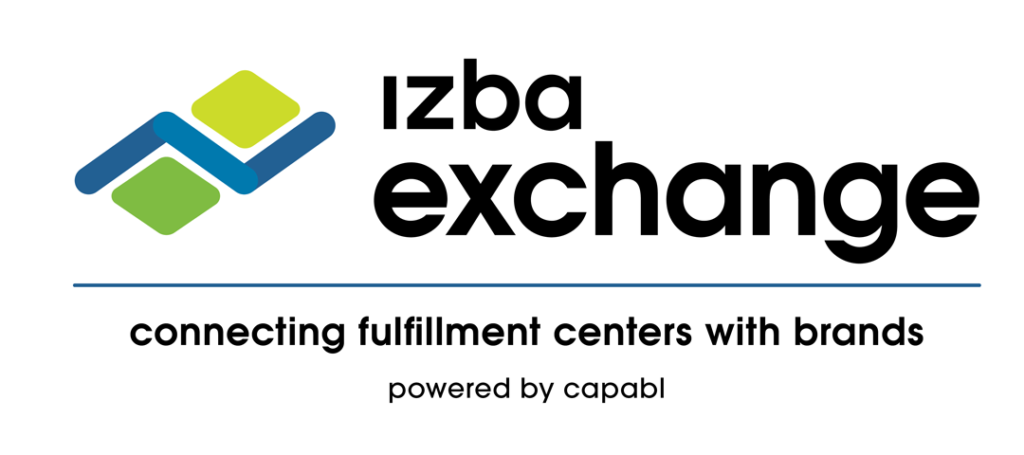
The infamous phrase “retail is dead” is far from the truth, and if anything, 2023 has been the year to prove it. There has been an unprecedented number of native DTC brands flocking to the shelves of Target – Loops, Athena Club, Curie are all DTC brands now sold in Target. But why are brands and retailers so keen on investing in these relationships?
Retailers like Target understand that the retail landscape is constantly evolving and consumers’ needs and preferences change. A retailer’s desire to innovate is best solved by adding exciting, emerging brands to its shelves. In February 2023 Target announced its plan to invest $4 – $5 billion “to expand its guest-centric services, operations network of stores and supply chain facilities, digital experiences and other capabilities.” One of the ways Target is revamping its “guest-centric services” and staying ahead of competitors is by bringing DTC brands to their shelves. DTC brands are excited about Target’s desire to invest in these partnerships due to the difficulties and expense of online advertising to acquire customers. Furthermore, brands realize that diversified revenue channels are critical to success and also something investors look for so that when Target comes knocking, their brand is ready! Getting your brand ready for retail is easier said than done. There are a lot of significant operational challenges that come with it, so we built this guide to get your brand Target-ready.
Understanding and Adapting to Operational Challenges in Retail
Just because a brand finds success with DTC doesn’t guarantee it’ll be successful in retail. Retail and DTC environments are drastically different. Understanding and preparing for these differences in advance will ensure a smoother retail rollout.
- DTC is a test and learn environment with a quick feedback loop. You can quickly test and iterate on creative, ads, and site layout to increase traffic to your website and get conversions, unlike retail where it’s a longer feedback loop and incredibly expensive to test and iterate on your product.
- DTC is about getting traffic to your website. Retail is about converting the pre-existing traffic. DTC brands main focus is getting consumers onto their website. Once consumers are on the website, the brand has the consumers’ full attention. They aren’t competing with others at the moment of purchase. Retail is the opposite. Retail supplies the foot-traffic but leaves brands to compete with each other on the shelves for a conversion. There are more consideration factors that go into a buyer’s purchasing decision including labels, packaging, price and shelf space (i.e., Where is the brand on the shelf? Eye level? Bottom Shelf?).
- DTC controls the customer experience. Retail loses the 1-to-1 customer relationship. DTC sites control the customer experience from the moment they land on the page. DTC can easily communicate who the brand is and what the customer should expect from them. In retail, DTC brands lose that direct customer relationship and curated customer journey. Instead they have to ensure that the quality of the product speaks for itself and wins the customer over. They also need to collaborate closely with retailers and consider brand messaging, promotional pricings and displays to ensure they are registering with their target customer.

Pre-Launch Preparations: Laying the Groundwork for Success
You got into Target, congratulations! While it’s something to celebrate, there’s still a lot left to do and laying a solid foundation for your launch will be critical to your success. Here are 3 fundamentals for brands that will be critical to your brand’s success in Target.
- Know what you signed up for – It’s important to understand Target’s processes, guidelines, and expectations. Brands need to do their due diligence on compliance standards and know what’s in their supplier agreement. The brand should work closely and collaborate with the Target team. Additionally, brand’s should ensure they have tight lines of communication across departments. Logistics, transportation, distribution, and sales should all be in conversation with each other and on the same page about the upcoming launch.
- Optimize and streamline your supply chain and logistics: This is easier said than done, but if your supply chain isn’t optimized, it’s going to cost time and money that will come in the form of fines from the retailer. If you’re struggling on any step of your supply chain, reach out to Izba for help!
- Invest in inventory management software – You want to ensure you have products available but are not overstocked. The best way to do this is by investing in automation and forecasting software.
Operational Excellence in Retail: Best Practices for DTC Brands
The successful integration of DTC brands into Target’s retail landscape is marked by a brand’s commitment to quality, adaptability to market dynamics, and strategic use of technology. There are some strategic operational components that DTC brands need to master in order to win at retail:
- It’s All About Quality – Your products should be as good on the shelf as they are online. Ensure your brand upholds its reputation for delivering top-notch products. The quality of your product is the most important thing. This is what keeps customers coming back. DTC brands must maintain the same high product standards that set them apart in the online marketplace and got Target’s attention in the first place. The best way to do this is to implement rigorous quality control measures and supply chain management practices.
- Speed and Agility – Move fast and adapt, but don’t cut corners. Responding promptly to fluctuating demand and dynamic market trends should be a priority for DTC brands making the transition to retail. The ability to adapt quickly to changes in consumer preferences and market conditions are paramount. Leveraging data analytics and real-time market insights, brands can optimize their supply chains and distribution networks to meet demand efficiently and stay ahead of the competition.
- Technology Integration – Brands should embrace technology to enhance their operation and maintain a competitive edge. From inventory tracking and management to sales forecasting and customer insights, technology integration plays a pivotal role for brands entering retail. Implementing advanced analytics tools and AI-driven solutions can let brands optimize inventory levels, forecast demand accurately, and gain valuable insights into consumer behavior, ultimately improving their overall retail performance. Considering what tools to add to your retail tech stack? Reach out to us and we’re happy to help!
Marketing and Brand Presence in Retail Stores
Retail shelves are noisy and competitive! Now that you’re in Target, this is the time to use the customer data you acquired from your DTC channel to curate a brand presence that pops on the shelves!
- Create a cohesive online and offline experience Once your product lands on the retail shelf , it’s important that it stands out and has messaging that draws customers to it. While a retailer like Target may attract a new demographic to your brand, you don’t want to alienate the demographic that made your product popular in the first place. Brand consistency online and offline is key – this includes messaging and brand positioning. This alignment not only reinforces brand identity but also provides a cohesive and recognizable experience for customers moving from online channels to physical stores.
- How do you keep your core customers happy and acquire new customers? While you still want to retain your core customers, it’s also important to consider ways to acquire a new demographic. In-store promotions are a dynamic and powerful customer acquisition channel. Consider collaborating with Target to explore ways to make your in-store promotions pop! Is it an in-store experiential event? A beautiful end cap? Thoughtful in-store promotions will enhance your brand’s visibility and also contribute to increased sales and help you acquire new customers.
- Find ways to create a personalized relationship with your customers – One of the biggest fears that brands have going into retail is losing their personalized customer relationship. Customer engagement and personalization doesn’t have to end when your brand hits the shelves. There is still opportunity for customer engagement by utilizing technology such as QR codes that drive traffic back to your site. While that’s a technical example, brands can also invest in customer engagement through their in-store promotions, displays, and interactive experiences like product demonstrations and rebates for purchasing at Target. By prioritizing customer engagement, brands can establish a lasting connection with consumers, retain customers, and create brand evangelists.
Measuring Success and Iterating for Improvement
There’s always room for improvement and brands that have a curious and continuous learning mindset are poised for success. When you have your initial retail debut, there are some key things that you should be paying attention to:
There are several KPIs to track in retail and depending on the retailer’s level of transparency, you can get granular with the data. Some of the most basic KPIs to track are sell-through rate and inventory turnover rate. For a full list of KPIs your brand should track, please see here.
Customer feedback is king and paying attention to what your customers like and dislike about your retail presence can make or break you. Collecting customer feedback in a retail setting may seem difficult but if your team pays frequent visits to its retailers they can get firsthand accounts of how customers are interacting with your product or their perception of it. The individuals working the floor have immense knowledge about what customers are purchasing. Don’t be afraid to ask them what they’re noticing! Another way that brands can solicit feedback from customers is by utilizing technology that brings the conversation back to their DTC site.
Remember, to guarantee your success on the shelves you should constantly be improving and adapting based on performance and customer retail feedback.
Be Prepared for Your Target Launch and Ask for Help
Anytime you enter into retail, there are going to be inevitable growing pains, but the best thing you can do is prepare yourself by working closely with retailers to understand their guidelines and expectations, shoring up and streamlining your supply chain, auditing the quality of your product, and ensuring your messaging tells a cohesive brand story.
This may seem daunting and overwhelming, but there is technology and tools out there to help you. If you want to launch in Target the right way, reach out to us! We’ve worked with brands like Hubble and Kind to streamline their supply chain and remove operational inefficiencies to successfully launch in new markets. Schedule time here to chat.





